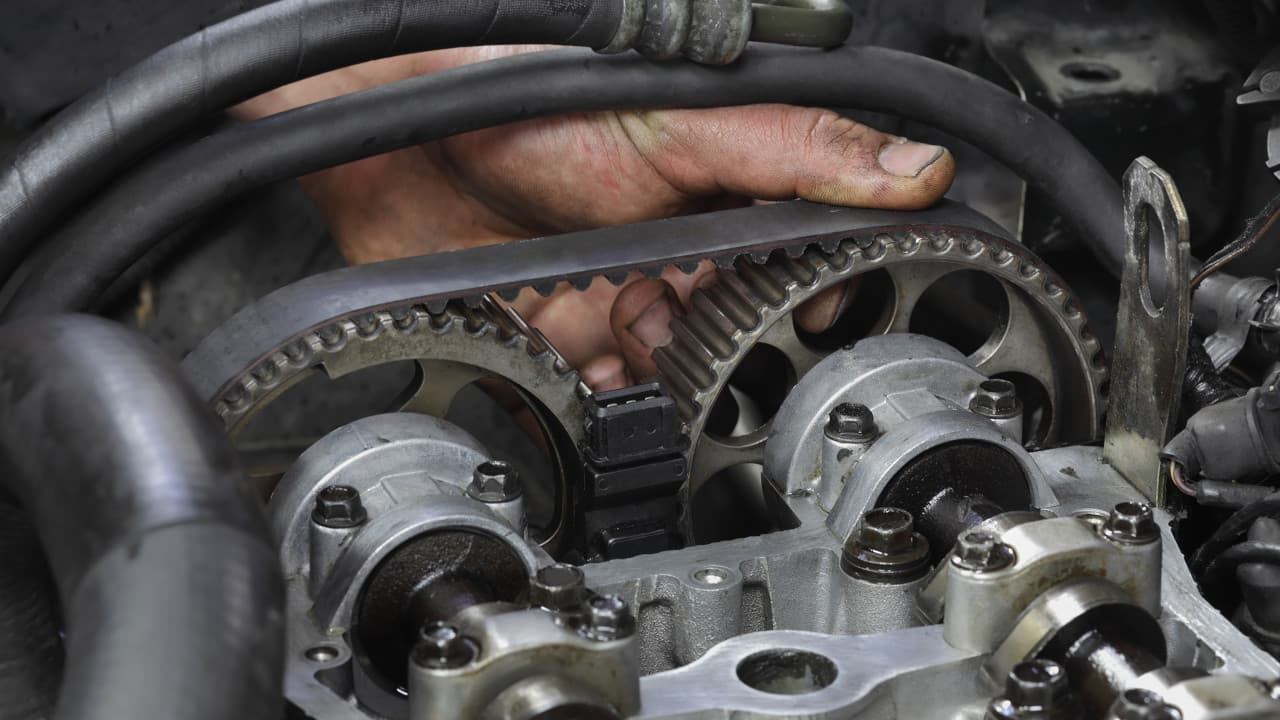- Arabic
- French
- Russian
- Spanish
- Portuguese
- Turkish
- Armenian
- English
- Albanian
- Amharic
- Azerbaijani
- Basque
- Belarusian
- Bengali
- Bosnian
- Bulgarian
- Catalan
- Cebuano
- Corsican
- Croatian
- Czech
- Danish
- Dutch
- Afrikaans
- Esperanto
- Estonian
- Finnish
- Frisian
- Galician
- Georgian
- German
- Greek
- Gujarati
- Haitian Creole
- hausa
- hawaiian
- Hebrew
- Hindi
- Miao
- Hungarian
- Icelandic
- igbo
- Indonesian
- irish
- Italian
- Japanese
- Javanese
- Kannada
- kazakh
- Khmer
- Rwandese
- Korean
- Kurdish
- Kyrgyz
- Lao
- Latin
- Latvian
- Lithuanian
- Luxembourgish
- Macedonian
- Malgashi
- Malay
- Malayalam
- Maltese
- Maori
- Marathi
- Mongolian
- Myanmar
- Nepali
- Norwegian
- Norwegian
- Occitan
- Pashto
- Persian
- Polish
- Punjabi
- Romanian
- Samoan
- Scottish Gaelic
- Serbian
- Sesotho
- Shona
- Sindhi
- Sinhala
- Slovak
- Slovenian
- Somali
- Sundanese
- Swahili
- Swedish
- Tagalog
- Tajik
- Tamil
- Tatar
- Telugu
- Thai
- Turkmen
- Ukrainian
- Urdu
- Uighur
- Uzbek
- Vietnamese
- Welsh
- Bantu
- Yiddish
- Yoruba
- Zulu
Th11 . 25, 2024 03:27 Back to list
Understanding Different Sizes of V-Belts for Optimal Performance and Selection
Understanding V-Belt Sizes A Comprehensive Guide
V-belts are essential components in many mechanical systems, serving as a means of transmitting power between pulleys in various machinery, from industrial equipment to household appliances. The importance of correctly sizing a V-belt cannot be overstated, as an ill-fitting belt can lead to inefficiencies, increased wear, and potential equipment failure. This article delves into the various aspects of V-belt sizes, including types, measurement methods, and factors influencing their selection.
Types of V-Belts
V-belts come in several different types, each designed for specific applications
1. Classical V-Belts These are the most common types, characterized by their trapezoidal cross-section. They are available in various sizes and are used in numerous applications ranging from lawnmowers to industrial machinery.
2. narrow V-Belts These have a narrower cross-section than classical V-belts but are designed to provide the same level of power transmission in a more compact form. They are particularly beneficial in spaces with limited clearance.
3. Wrapped V-Belts These belts have an additional layer of wrapping around the core to improve flexibility and grip, which makes them suitable for high-speed applications.
4. Cogged V-Belts Also known as notched belts, these have grooves or notches on their inner surface. This design allows for better flexibility and heat dissipation, making them ideal for heavy-duty applications and higher power transmission.
5. Multi-V-Belts Commonly known as Poly V-belts, these feature multiple grooves running parallel along the belt length, allowing for increased surface area contact with the pulleys and improved power transmission efficiency.
Measuring V-Belt Sizes
When it comes to measuring V-belt sizes, there are several dimensions that need to be taken into consideration
- Length The length of a V-belt is typically measured in inches or millimeters and can be determined using a measuring tape around the pulleys. The standard method is to loop the belt around the pulleys with a tensioning device and measure the length of the belt directly. For standard belts, manufacturers provide a list of sizes, including the belt's length.
v belt sizes

- Width The width of the V-belt is measured at the top of the belt. Different applications may require different widths, as wider belts generally provide better power handling capabilities.
- Cross-section The cross-sectional shape affects the belt's grip and fit within the pulley. The optimal fit ensures efficient power transfer and minimizes slippage.
Factors Influencing V-Belt Selection
Several factors should be considered when selecting V-belt sizes for specific applications
1. Load Requirements Understanding the load that the belt will carry is crucial. This includes analyzing the maximum and average loads, as a mismatched belt could compromise performance.
2. Pulley Configuration The size and type of pulleys are significant in determining the appropriate V-belt specifications. The distance between pulleys, their diameter, and their material will influence the belt's performance.
3. Speed The operational speed affects the choice of V-belt. For high-speed applications, cogged belts or wrapped belts might be more appropriate due to their enhanced flexibility.
4. Environmental Factors Temperature, moisture, and exposure to chemicals can affect the lifespan and performance of a V-belt. Selecting a belt material compatible with the operating environment will enhance durability.
5. Installation Space The available installation space may limit the size and type of belt that can be used. Compact setups might benefit from narrow or multi V-belts.
Conclusion
In summary, understanding V-belt sizes is crucial for ensuring optimal performance in mechanical systems. By considering the types of belts available, accurate measuring techniques, and key factors influencing their selection, one can make informed choices that lead to enhanced efficiency and longevity of machinery. Whether you are replacing a worn-out belt or designing a new system, always prioritize the correct V-belt size for flawless power transmission.
-
Korean Auto Parts Timing Belt 24312-37500 For Hyundai/Kia
NewsMar.07,2025
-
7PK2300 90916-T2024 RIBBED BELT POLY V BELT PK BELT
NewsMar.07,2025
-
Chinese Auto Belt Factory 310-2M-22 For BMW/Mercedes-Benz
NewsMar.07,2025
-
Chinese Auto Belt Factory 310-2M-22 For BMW/Mercedes-Benz
NewsMar.07,2025
-
90916-02660 PK Belt 6PK1680 For Toyota
NewsMar.07,2025
-
drive belt serpentine belt
NewsMar.07,2025

